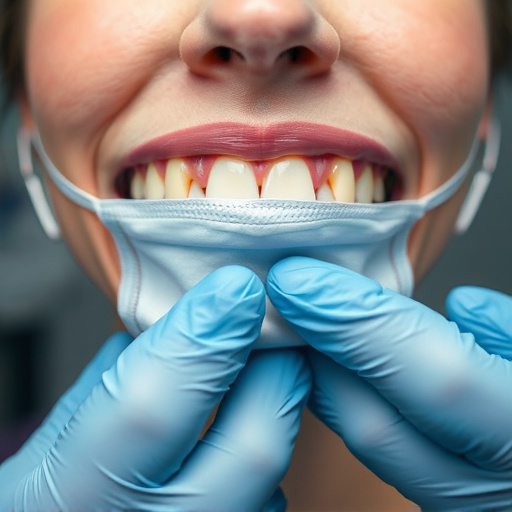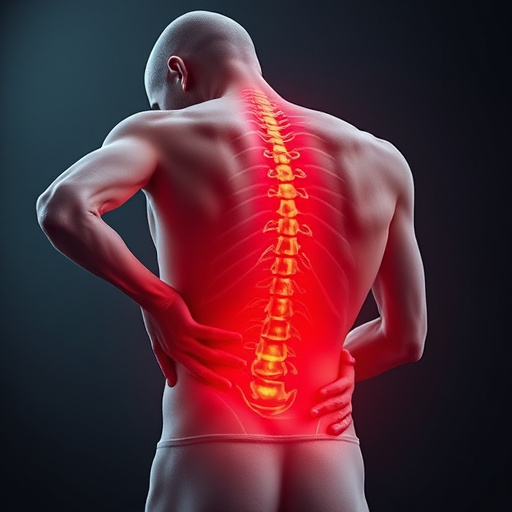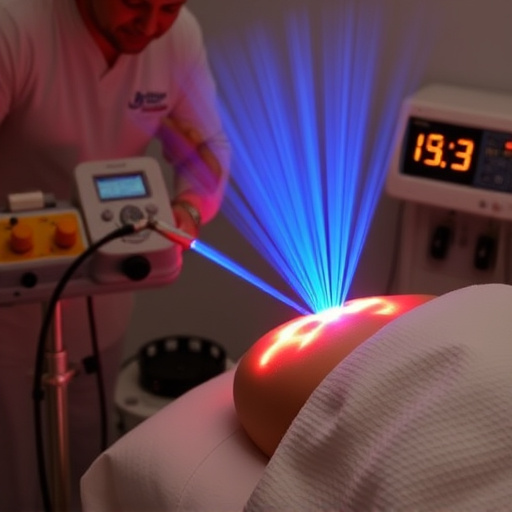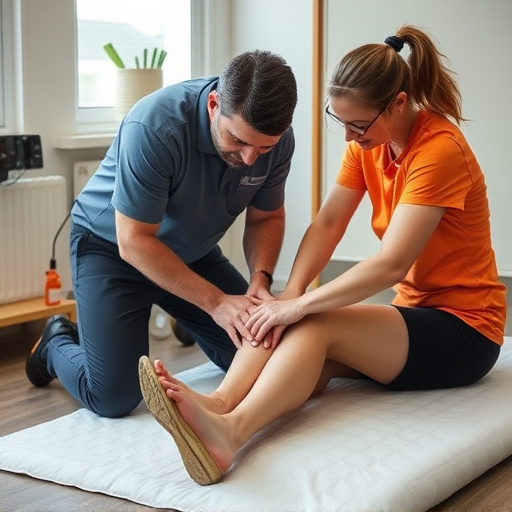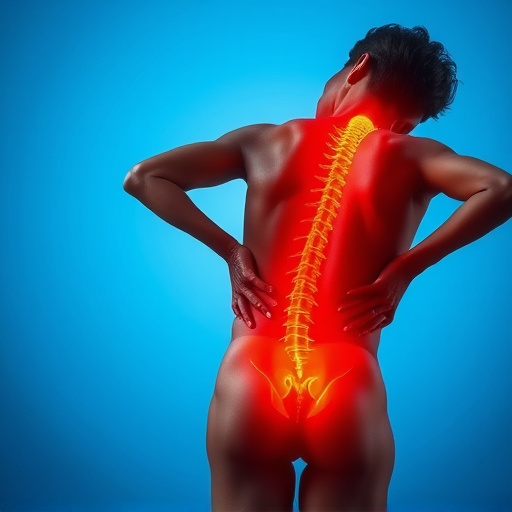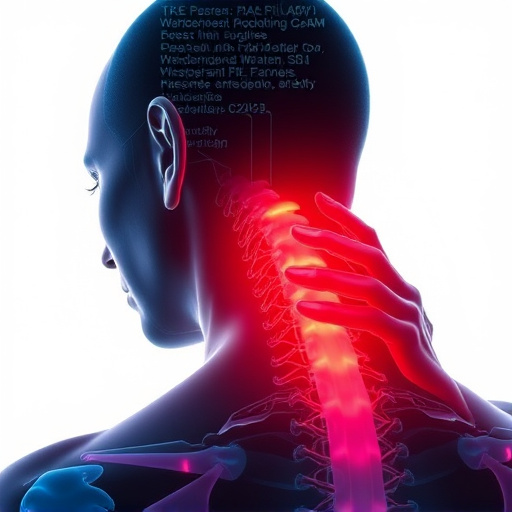Braces are vital tools in sports injury treatment, providing stability, pain relief, and compression to accelerate recovery. From knee to wrist braces, they address specific injuries, aid rehabilitation, and enable athletes to safely resume training. Personalized bracing, alongside chiropractic adjustments and physical therapy, offers targeted relief for acute and chronic conditions, expediting healing and enhancing peak performance potential.
Bracing has emerged as a vital tool in the arsenal of sports medicine, significantly contributing to effective sports injury treatment. This article delves into the transformative role of braces in facilitating the recovery process for athletes. We explore different types of braces and their specific benefits, offering insights into how they can be seamlessly integrated into comprehensive treatment plans. Understanding when and why to use bracing is key to optimizing athletic performance and ensuring a swift return to sport after injury.
- Understanding the Role of Bracing in Sports Injury Recovery
- Types of Braces and Their Benefits for Athletes
- Incorporating Bracing into Comprehensive Treatment Plans
Understanding the Role of Bracing in Sports Injury Recovery

In the realm of sports injury treatment, bracing plays a pivotal role in facilitating recovery and restoring mobility. Braces are designed to provide support and stability to injured areas, which is crucial for managing pain and preventing further damage. They work by reducing stress on specific joints or spine segments, allowing them to heal without excessive strain. This is particularly beneficial for conditions like herniated discs, where bracing can offer much-needed joint pain relief while the body repairs itself.
By offloading weight and compressing the affected area, braces create an optimal environment for healing. This support system enables athletes to engage in gentle, controlled movements, promoting blood flow without exacerbating injuries. For instance, a personalized injury chiropractic brace can be tailored to address specific needs, offering both short-term relief and long-term stability as patients progress through their rehabilitation journey.
Types of Braces and Their Benefits for Athletes

In the realm of sports injury treatment, braces play a pivotal role in supporting athletes’ recovery. These devices come in various types, each offering specific benefits tailored to different injuries and needs. For instance, knee braces are commonly used to stabilize the joint after ACL tears or for athletes with chronic conditions like patellofemoral pain syndrome. Similarly, wrist braces are crucial for post-surgery recovery from fractures or tendinitis, ensuring stability during healing. Ankle braces, another popular choice, provide support and prevent re-injury in cases of sprains and chronic ankle instability.
Braces significantly enhance injury rehabilitation by reducing pain, providing compression, and limiting excessive movement. In the case of car accident injury care, proper bracing can aid in managing acute injuries. Moreover, for athletes dealing with chronic pain management, braces offer a non-invasive approach to alleviate discomfort during training and competition. Effective bracing also plays a key role in preventing further damage during intense physical activities, making it an integral part of sports injury treatment plans.
Incorporating Bracing into Comprehensive Treatment Plans

Incorporating bracing into comprehensive sports injury treatment plans has become a game-changer for athletes seeking recovery and rehabilitation. This non-invasive approach is particularly effective when combined with other therapeutic methods, such as spinal adjustments and physical therapy exercises. Bracing provides stability and support to injured areas, allowing athletes to gradually resume their training without exacerbating the damage. By offloading pressure from sensitive tissues, bracing can significantly accelerate the healing process, making it an invaluable tool for sports medicine professionals.
When tailored to individual needs, a well-fitted brace can offer targeted relief, whether it’s for acute injuries like whiplash or chronic conditions like sciatica. Its versatility allows for progressive loading and unloading, promoting tissue repair while preventing further damage. As athletes progress through their recovery, bracing can be adjusted or phased out as strength and stability return, ensuring a safe and effective route to full functionality, ultimately enhancing their chances of returning to peak performance in sports injury treatment.
Bracing plays a pivotal role in enhancing sports injury treatment, offering targeted support to expedite recovery. By employing the right type of brace, athletes can effectively manage pain, stabilize injured areas, and regain mobility. Incorporating braces into comprehensive treatment plans allows for a more holistic approach, ensuring athletes return to their peak performance safely and securely. This strategy not only accelerates rehabilitation but also reduces the risk of re-injury, making bracing an indispensable tool in sports medicine.


